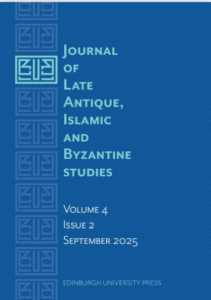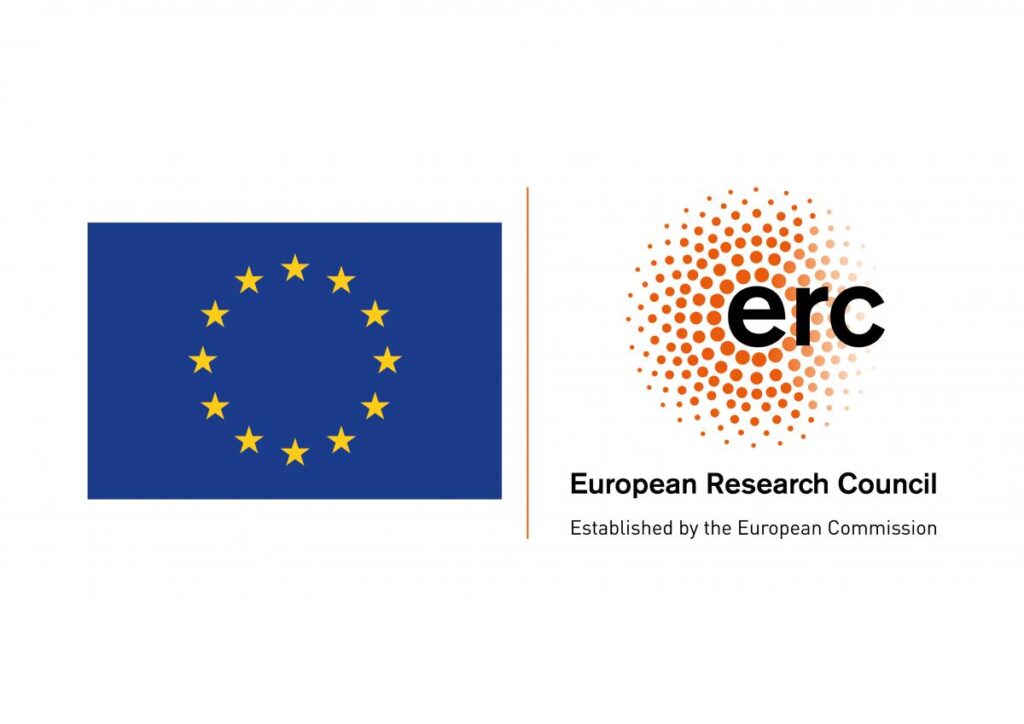On Wednesday, the 12th of November, our PI, Marie Legendre, shared her ongoing edition of a papyrus at the Late Antique Lunch, a great illustration of the type of work carried out as part of the Caliphal Finances team.
The (long) Late Antique Lunch is an informal collective of staff and students with interests related to the Centre for Late Antique, Islamic and Byzantine Studies. It usually runs every other week on Wednesday, and participants circulate work-in-progress papers for discussion or give short presentations on something they are working on. This collective is part of the Centre for Late Antique, Islamic and Byzantine Studies (CLAIBS) at the University of Edinburgh, which is based in the School of History, Classics, and Archaeology. It promotes collaborative projects, interdisciplinary research, and teaching—at both undergraduate and postgraduate levels—in Late Antique, Islamic, and Byzantine Studies across the University of Edinburgh’s College of Arts, Humanities and Social Sciences and beyond.

Among these collaborative projects, the Journal of Late Antique, Islamic and Byzantine Studies (JLAIBS) is undoubtedly a great achievement. JLAIBS is the first journal devoted exclusively to Late Antique, Islamic, and Byzantine studies not just in the United Kingdom but also worldwide. A hotspot for interdisciplinary dialogue, it aims to disseminate new approaches and methodologies that intend to transform our understanding of broader Late Antique and Medieval phenomena. The journal welcomes submissions dealing individually with Late Antique, Byzantine, and Islamic literature, history, archaeology, and material culture from the fourth to the fifteenth century.
Over the past four years, the Late Antique Lunch has been an opportunity for the Caliphal Finances team to share their work. In 2021, when the Late Antique Lunch was still held online, Noëmie Lucas presented with Chahan Vidal-Gorène their work on handwritten text recognition for Arabic manuscripts, putting the spotlight on a web-based platform to annotate and extract text from images dedicated specifically to Oriental languages (like Armenian, Greek, etc.). In 2022, Georgi Obatnin presented a draft article “Evolution of the position of women from Byzantine to Early Islamic Egypt—legal borrowing or innovation?” based on a presentation he gave at the annual Edinburgh International Graduate Conference in 2018. Marie Legendre and Noëmie Lucas presented their work in progress on the so-called fiscal revolts in Egypt in the long 8th century, in relation to two lectures they had respectively given. Marie had presented a paper entitled “Revolts and Papyri: Everyday Administration and Elites in the Turbulent Long Eighth Century” at the conference organised by the SCORE team “The Theory and Practice of Rebellion in the Early Islamicate World” (22-24 Sept. 2022, Universität Hamburg), and Noëmie had given a lecture entitled “When the Arabs Refused to Pay Taxes: The Egyptian Delta Between Revolt and Allegiance in the Abbasid Period” during the second SCORE lecture series. In 2024, Eline Scheerlinck presented the work she had just started on taxation in Greek and Coptic papyri and discussed multilingualism with fascinating examples in later documents. From scribes practicing Greek, Coptic, and Arabic administrative phrases and formulas on the same papyrus, to the presence of multilingual tax receipts and tax demand letters, and the adoption of Arabic fiscal terms as loanwords in Coptic documents, she showed how the paperwork of taxation was documented in all three administrative languages of Egypt.
Last week, Marie shared her edition in progress on a 7th-century letter housed at the University of Michigan. This letter is an important addition to a small dossier of documents referring to Egyptian connections to western provincial territories during the first century of Islam. References to regions outside the Egyptian province are rare in papyrus documents found in Egypt. One of the most spectacular texts preserved from the first hijri century is an Arabic business letter written on a piece of Latin parchment, the latter datable to the 5th century CE. This document testifies to connections between traders spread across North Africa and Egypt who communicated in Arabic around the 20s-40s AH (630s-660s). In parallel, a dozen Greek documents from the village of Aphrodito (accounts or letters) dating to the early 8th century refer to the “cursus of Africa” (τὸ κοῦρσον Ἀφρικῆς), the naval expeditions to North Africa as fiscal payments made at the village level to fund those raids. The letter that Marie presented refers to both Ifrīqiya and Anṭābulus and also highlights connections between Egypt and the eastern part of the empire.

PSI XII 1272, copyright Biblioteca Medicea Laurenziana. Edition in Youssef Ragheb. La plus ancienne lettre arabe de marchand. Documents de l’Islam médiéval : nouvelles perspectives de recherches, IFAO, p. 1-9, 1991.
Banner Image: screenshot of the CLAIBS’s webstite




Leave a Reply